Catamaran vs Monohull in Rough Seas: Which is Better?
Catamarans and monohulls have different designs that affect how they handle rough sea conditions. In fact, they have an advantage over each other when sailing in heavy seas. Let's try to compare each type of vessel based on their performance, design, and stability, to help you decide which can give you a safer and more comfortable journey on the open water.
Regarding speed, efficiency, and stability, a catamaran may be the better option for you. Because they have twin hulls, they are more comfortable to sail in rough seas. A monohull can become more advantageous in rough seas when sailing upwind since it can point higher into the wind and can handle strong winds easily.
Catamarans with two rudders also allow for better control and maneuverability in rough seas compared to monohulls, which only have one rudder. Let's look at more of the comparison between these two types of boats when sailing through big waves in the sea.
Summary
- When it comes to stability and comfort, catamarans can provide more stability. They are also less likely to cause seasickness and offer more living space and privacy.
- In terms of speed, catamarans are also faster than monohulls because they have a smaller displacement. Their structure also makes them less likely to capsize or sink.
- A monohull is advantageous when it comes to sailing upwind, and handling stronger winds. Their deep keel also provides them with increased stability and reduces drag, which can be an advantage in rough seas.
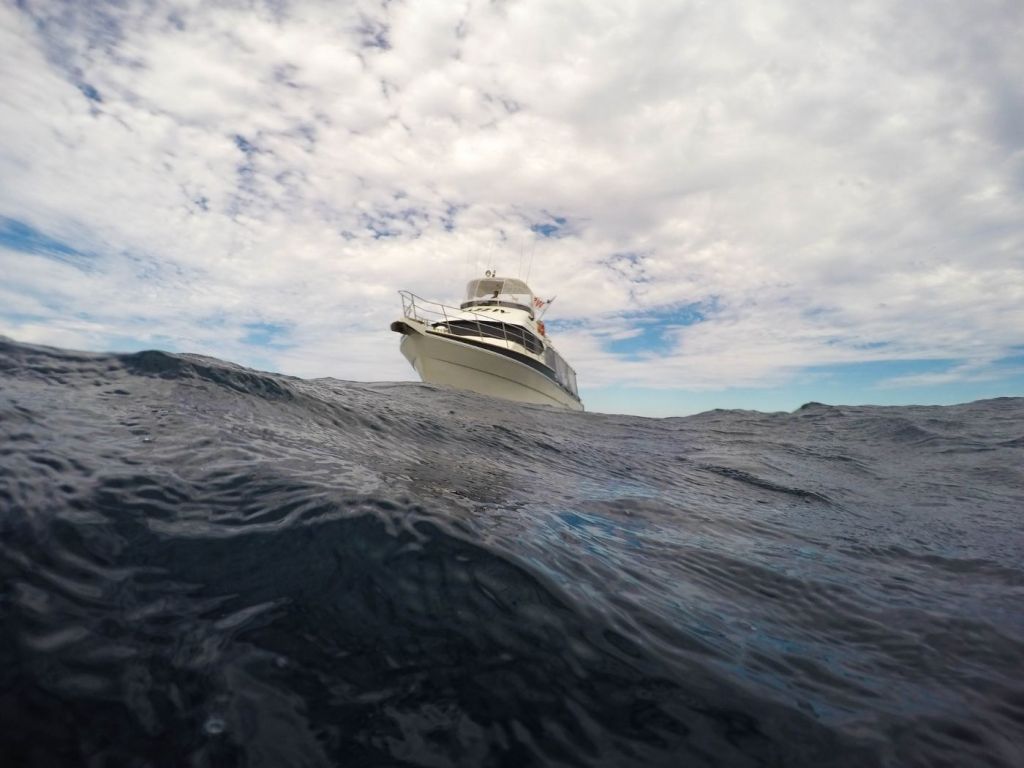
Catamarans Vs. Monohulls in Rough Seas
If you're planning to buy a boat, and you're deciding whether to go for a catamaran or a monohull, one of the many things you may need to consider is how they perform in rough seas. Rough seas can be challenging for any vessel, but some boats are better equipped to handle them than others. Below is a table summarizing how well these boats perform in rough seas:
| Boat Type | Design | Purpose of Use | Stability in Rough Seas | Speed and Efficiency | Upwind Sailing Performance |
|---|---|---|---|---|---|
| Catamaran | Two hulls connected by a deck | Cruising, chartering, racing | More stable in terms of roll stability | Generally faster and more efficient due to twin hulls | Not as good as monohulls |
| Monohull | Only one hull | Day sailing, racing, cruising | Better at handling heavy seas and high winds | Not as fast or efficient due to single hull | Better than catamarans |
A catamaran is a boat with two hulls connected by a deck. Because they have two hulls, catamarans are known for their speed, stability, and spaciousness. They are often used for cruising and chartering, as well as racing. They also have a wider beam than monohulls, which means they offer more living space and stability. They are less likely to heel or tilt to one side, are more buoyant, and have a shallow draft.
On the other hand, monohulls are the most common type of boat with only one hull. They are known for their simplicity, versatility, and affordability. Monohulls are often used for day sailing, racing, and cruising.
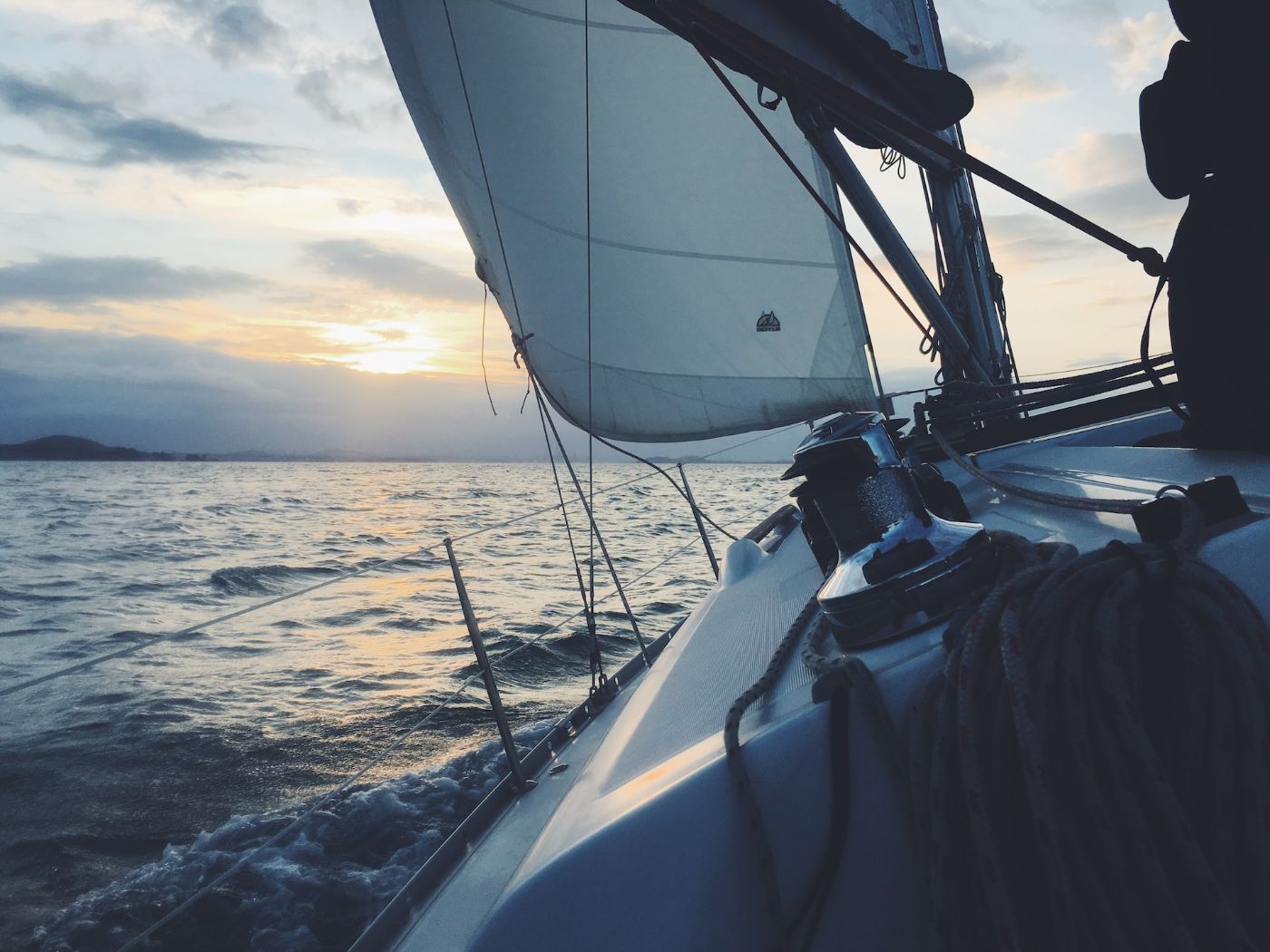
When it comes to rough seas, catamarans are generally more stable than monohulls in terms of roll stability. Monohulls, on the other hand, are better at handling heavy seas and high winds, but they can be more prone to rolling and pitching, and can significantly heel more than a catamaran.
If you are aiming for speed, efficiency, and stability, then a catamaran may be the better option for you. They are generally faster and more efficient due to their twin hulls, and their stability can make for a more comfortable ride in rough seas.
On the other hand, if you prioritize upwind sailing performance, sailing feels and responsiveness, and the traditional look and feel of a sailboat, then a monohull may be the better option for you. Monohulls sail closer to the wind and have a unique feel to them that some sailors prefer.
Detailed Comparison Between Catamaran And Monohull
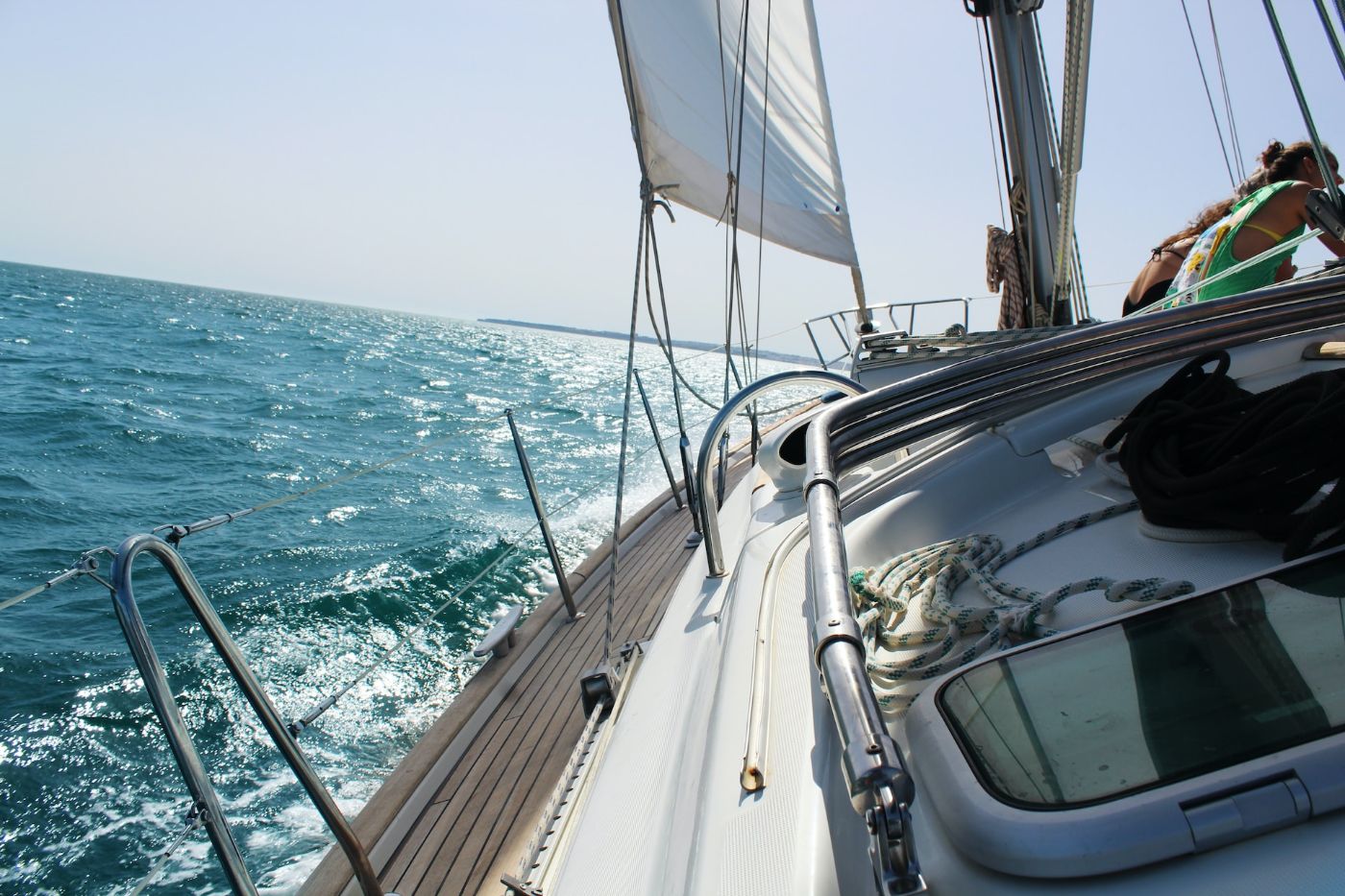
Catamarans provide better stability and comfort
Catamarans are more stable, less likely to cause seasickness and offer more living space and privacy. Below is a table summarizing why catamaran is more advantageous in this category:
| Category | Catamaran | Monohull |
|---|---|---|
| Motion in rough seas | More stable, less likely to roll or heel | More likely to pitch and roll |
| Handling seasickness | Less likely to cause seasickness | More likely to cause seasickness |
| Living space and privacy | More living space and privacy due to two hulls | Less living space and privacy due to single hull |
In terms of motion in rough seas
Catamarans are more stable in rough seas because they have two hulls instead of one. This means that they are less likely to roll or heel, which can make for a more comfortable ride. Monohulls, on the other hand, tend to pitch and roll more in rough seas.
In terms of handling seasickness
If you are prone to seasickness, a catamaran may be a better choice for you. The stability of a catamaran means that it is less likely to cause seasickness than a monohull. Additionally, the living space on a catamaran is often spread out between the two hulls, which can help to reduce the feeling of confinement that can contribute to seasickness.
In terms of living space and privacy
Catamarans also tend to offer more living space and privacy than monohulls. Because the living space is spread out between the two hulls, each hull can function as a separate living space. This can be especially beneficial if you are traveling with a group of people and want to have some privacy.
Both boat types have specific advantages in performance and speed
A catamaran is generally faster and more stable than a monohull, but a monohull can be easier to handle in certain conditions.
| Category | Catamaran | Monohull |
|---|---|---|
| Navigating upwind | Less efficient | More efficient |
| Handling in strong winds | More stable due to wider beam | Easier to handle |
In terms of navigating upwind
When sailing upwind, a monohull has the advantage over a catamaran due to its ability to point higher into the wind. This means that a monohull can sail closer to the wind than a catamaran, which will need to tack more often. However, a catamaran can make up for this disadvantage with its speed. A catamaran can sail faster than a monohull, which can help it to cover more distance in less time.
In terms of handling strong winds
In strong winds, a catamaran is generally more stable than a monohull due to its wider beam. This means that a catamaran is less likely to heel over, making it more comfortable for passengers. However, a monohull can be easier to handle in strong winds due to its ability to reef the sails. By reducing the sail area, a monohull can reduce the amount of wind it catches, making it easier to control.
Catamarans and monohulls have different designs and function
Catamarans offer more deck and cabin space, shallow draft, and increased buoyancy, while monohulls have a deeper draft, reduced drag, and increased stability.
| Design and Function | Catamaran | Monohull |
|---|---|---|
| Deck and cabin space | Has wider beam and two hulls | Has a single hull |
| Draft and buoyancy | Has a shallow draft | Has a deeper draft and keel |
In terms of the deck and cabin space
One of the advantages of catamarans over monohulls is their wider beam, which provides more deck space. This means more room to move around and increased stability, which is important in rough seas.
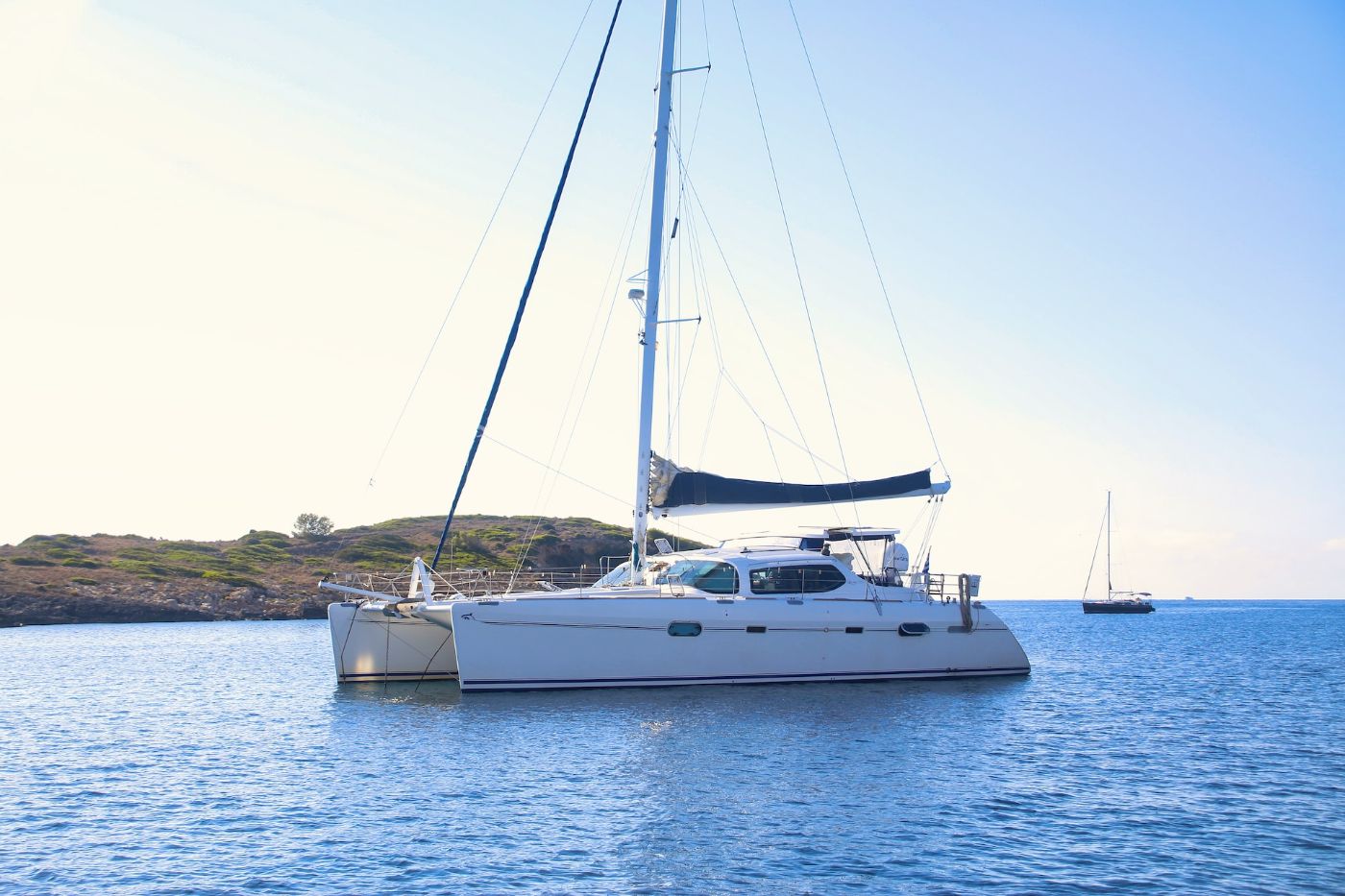
Additionally, catamarans usually have two hulls, which means more cabin space and privacy for the crew and passengers. On the other hand, monohulls have a single hull, which means less deck and cabin space. However, monohulls usually have a deeper draft, which allows them to sail closer to the wind and tack more efficiently.
In terms of draft and buoyancy
Catamarans have a shallow draft, which means they can sail in shallow waters and anchor closer to shore. This makes them ideal for exploring shallow coves and bays. Also, catamarans have two hulls, which provide increased buoyancy and stability in rough seas.
Monohulls, on the other hand, have a deeper draft, which makes them less suitable for shallow waters. However, their deep keel provides increased stability and reduces drag, which can be an advantage in rough seas.
Both boat types have unique safety considerations
Safety is a top priority when sailing in rough seas. Catamarans are generally more stable and easier to control, while monohulls have a greater risk of capsizing but are also more maneuverable in certain situations.
| Safety Considerations | Catamaran | Monohull |
|---|---|---|
| Risk of capsizing | Less likely to capsize and are virtually unsinkable | Has a keel and ballast that increase the risk of capsizing |
| Navigational control | With two rudders that provide better control | Only has one rudder and is more susceptible to being pushed off course by waves and wind |
In terms of the risk of capsizing
One of the biggest safety concerns when sailing in rough seas is the risk of capsizing. Catamarans have two hulls, which make them more stable than monohulls. This means that they are less likely to capsize in rough seas. Catamarans are also technically unsinkable, meaning that they will not sink even if one hull is damaged or flooded.
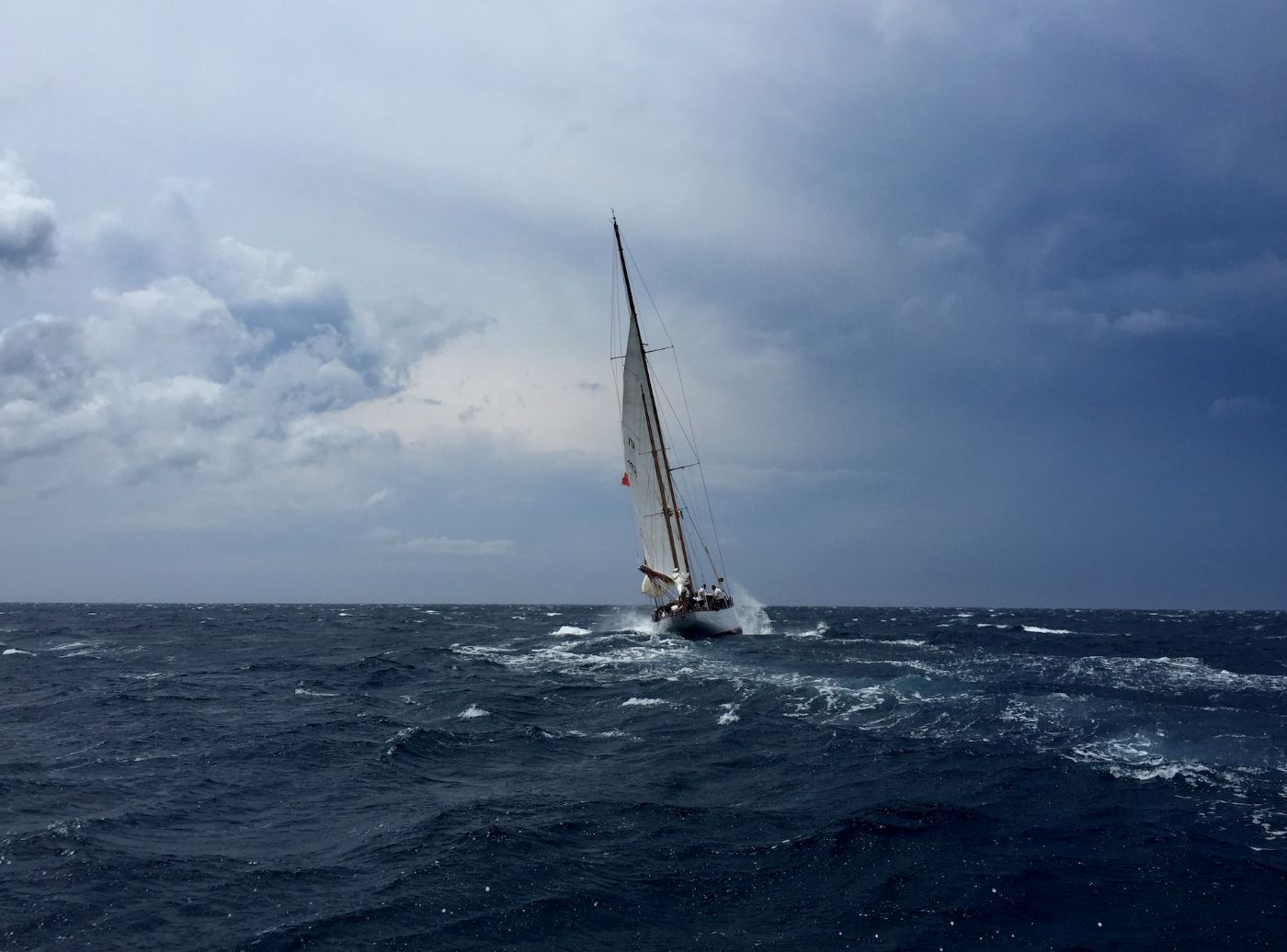
On the other hand, monohulls have a keel and ballast, which provide stability but also increase the risk of capsizing. If a monohull capsizes, it can be difficult to right the boat and prevent it from sinking.
In terms of navigational control
Catamarans have two rudders, which provide additional control and maneuverability in rough seas. This means that you can steer the boat more easily and avoid obstacles like rocks and other boats. Meanwhile, a monohull only has one rudder.
However, despite the number of rudders involved, the ability to control and maneuver the boat, whether a catamaran or a monohull, still depends on the design and construction of the boat, as well as the skill of the captain and crew in handling the boat.
Other practical considerations when choosing between catamaran and monohull
| Practical Considerations | Catamaran | Monohull |
|---|---|---|
| Docking and anchorage | Easier to dock or anchor but can be more difficult to maneuver in tight spaces due to size | Generally easier to maneuver in tight spaces |
| Storage and equipment | Has more storage space | Only suited for certain types of equipment, such as fishing gear or diving equipment, due to the layout of the boat. |
| Crew accommodations | More spacious accommodations, which can be an advantage for longer trips or larger crews | May offer more privacy for individual crew members due to separate cabins and tighter quarters |
In terms of docking and anchorage
Docking and anchorage can be easier with a catamaran due to the wider beam, which provides more stability. However, catamarans can be more difficult to maneuver in tight spaces due to their size. On the other hand, monohulls are generally easier to maneuver in tight spaces, but they may be less stable in rough seas.
For docking costs, catamarans tend to have higher docking rate costs due to their size and wider beam. Read this article to know more about the costs of docking a catamaran in different locations.
In terms of storage and equipment
Catamarans typically have more storage space than monohulls due to their wider beam and larger deck area. This means they can carry more gear and supplies, making them a good choice for longer voyages or liveaboard situations. They can accommodate larger equipment such as dinghies, kayaks, and paddleboards - making them a great choice for water sports enthusiasts who want to bring their gear along.
Monohulls, on the other hand, have less storage space due to their narrower beam and smaller deck area. This means they are better suited for shorter trips or day sailing, where less gear and supplies are needed. Monohulls may also be better suited for certain types of equipment, such as fishing gear or diving equipment, due to the layout of the boat.
In terms of crew accommodations
Catamarans tend to have more spacious accommodations than monohulls, which can be an advantage for longer trips or when traveling with a larger crew. However, monohulls may offer more privacy for individual crew members due to the separate cabins and tighter quarters.
Catamarans generally have more living space than monohulls so they can offer more room for sleeping, lounging, and cooking, which can be especially beneficial for larger crews or families. They also often have large, open salons and cockpits that allow for easy socializing and entertaining. This can be a great feature for crews who enjoy spending time together.
Monohulls, on the other hand, have less living space than catamarans due to their narrower beam. This means they may be better suited for smaller crews or shorter trips. They often have cabins located closer together, which can make it easier to communicate and work together as a crew, which is a plus for racing or cruising in crowded areas.
Choosing boat type based on personal preferences
In terms of aesthetics and personal taste
One of the first things that come to mind when choosing between a catamaran and a monohull is aesthetics. Both types of boats have their unique look, and it is up to personal preference which one you find more appealing. Some people prefer the sleek and modern look of a catamaran, while others prefer the classic look of a monohull.
Another thing to consider is personal taste. If you are someone who prefers a more spacious and open boat, then a catamaran might be the right choice for you. On the other hand, if you prefer a more traditional sailing experience, then a monohull might be the better option.
In terms of suitability for families and couples
Basically, catamarans are known for their stability and spaciousness, making them a great choice for families with children or couples who want to have more space and privacy.
Monohulls, on the other hand, might not be as spacious as catamarans, but they offer a more traditional sailing experience. If you are a couple or a small family who wants to experience the thrill of sailing and doesn't mind being in close quarters, then a monohull might be the right choice for you.
Did you find the answer to your specific question?
👍 1 👎 1
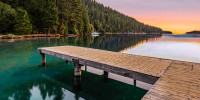
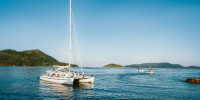
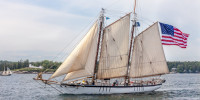
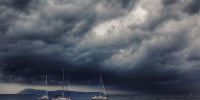
Leave a comment